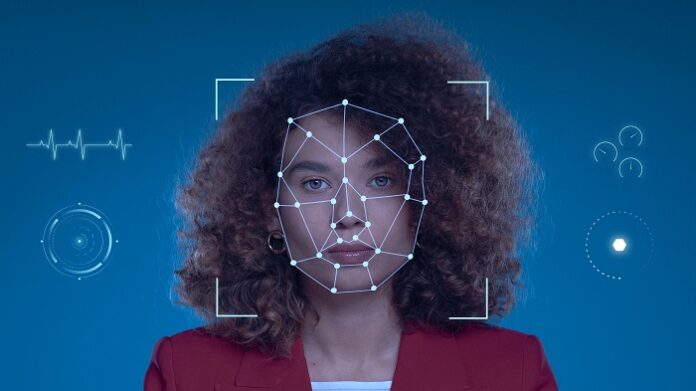The rise of digital breakthroughs and technological advances is changing authentication methods. Face verification, which reinvents passwords, is a significant achievement in this sector. Integrating face recognition technology into our daily lives has provoked heated discussions. These discussions have included future implications, advantages, and challenges.
Understanding Face Verification
Face verification uses a person’s unique features to authenticate them at the intersection of biometrics and digital security. Unlike passwords or PINs, which may be forgotten, lost, or stolen, our faces are permanent identities. Face verification technology captures and analyses facial patterns. These patterns include eye distance, facial features, and nose shape. After that, the data is translated into a mathematical representation to create a unique “faceprint” for authentication.
Increased daily face verification:
Face verification is spreading across many sectors. Smartphone manufacturers have warmly embraced facial recognition as a secure and straightforward way to unlock devices, make payments, and access sensitive data. Face recognition technology is being used by airports and border control agencies worldwide to speed up security checks and increase border monitoring. Another tool financial organisations are researching is face verification online to protect transactions and prevent unauthorised account access.
Face verification has several benefits
- Comfortable
Face verification simplifies the user experience. Users no longer need to remember complex passwords or carry physical authentication tokens since they can look into a camera to unlock their devices or access restricted areas.
- Safeguarding
Faces are excellent identifiers since everyone’s face is unique. Unauthorised access is limited by the difficulty of fabricating faceprints, which are digital representations of facial features. Modern face verification systems typically involve live detection to prevent picture and video impersonation.
- Effectiveness efficiency
Face verification, such as airport security checks, may save processing time when fast identification is crucial. Automated systems can instantly match faces against databases, speeding up identity verification and improving operations.
Possible Issues
Face verification, while its apparent advantages, has its drawbacks.
- Confidentiality
Face recognition has prompted serious privacy issues due to its ubiquitous usage. Critics say constant observation and biometric data storage might lead to broad monitoring and confidential data misuse.
- Bias and Accuracy
Insufficiently diverse datasets may lead to bias in face verification service algorithms. Prejudice may lead to inaccurate identification, which can disproportionately affect certain demographic groups and raise ethical concerns about fairness.
- Security facets
Like any other information technology, hackers can exploit facial verification systems. If facial data is stolen or compromised, identity theft and unauthorised access are possible, emphasising the necessity for solid cybersecurity.
- Get consent and regulate
Several individuals do not consent to face verification technology. To protect individuals from exploitation of this technology, strict restrictions and ethical considerations must be in place to balance its benefits and privacy rights.
Face Verification Prospects
As face verification technology advances, its issues must come to light to ensure its widespread acceptance and ethical usage. Stricter rules, industry standards, and ongoing research can decrease prejudice and improve accuracy. To maintain public trust, face data collection and utilisation must stay transparent.
Face verification will go beyond personal devices and security checkpoints. Healthcare, education, and retail are exploring new application implementations. Hospitals may utilise face verification to secure patient data, ensuring the confidentiality of vital medical information. Educational organisations might use the technology to track attendance and enhance campus security.
Take Away
Face verification changes how we approach authentication and security. Even though the technology promises unprecedented efficiency and convenience, ethical application and problem-solving are crucial. In this new era of biometric identification, face verification in our linked world will depend on our capacity to reconcile technology innovation and individual liberties. The shift from using faces as passwords to face verification is a technological achievement and a social one that demands careful consideration of ethics, privacy, and security.
Image by Freepik





